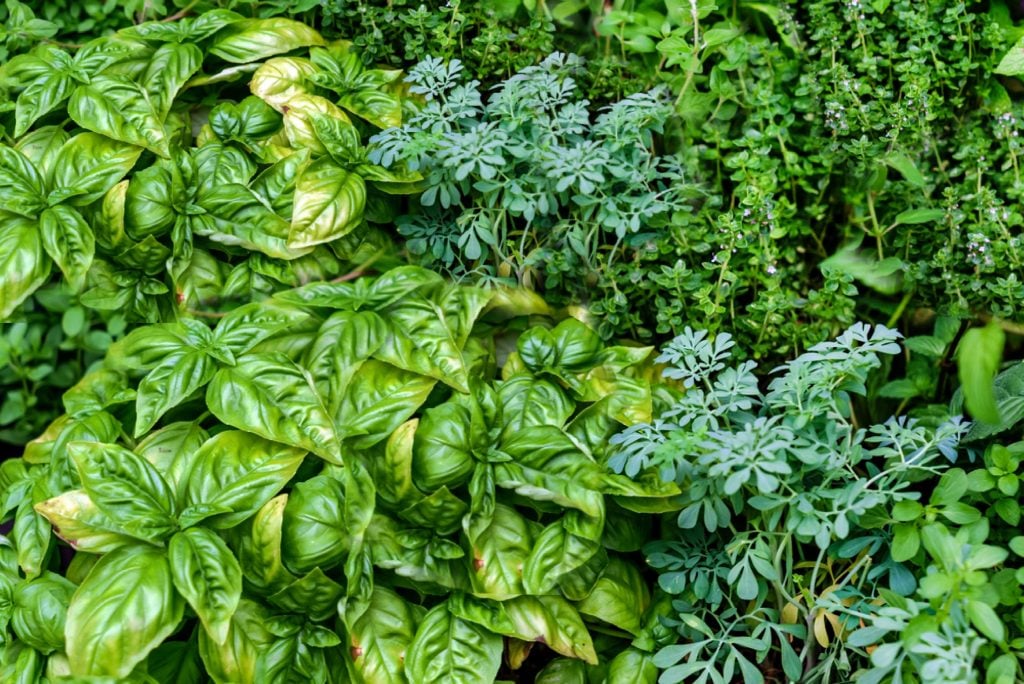Table of Contents
Do you know that Herbs are nature’s gift to humans? The captivating beauty, aromatic flavors, and healing powers make the herbs a unique creation of nature.
In this blog, we are going to explore the varieties of herbs from A to Z. Herbs are a group of small plants that are widely distributed and are known for their culinary uses, medicinal and aromatic properties, and are often consumed as micronutrients.
Here’s a list of herbs in alphabetical order that can be easily grown in the UK.
A Complete A-Z List of Herb Varieties
1. Artemisia
Artemisia, also known as wormwood, belongs to the family of Asteraceae and has a wide and diverse range of species. The oil extracted from Artemisia herb leaves is popular for its traditional medical properties because of its anti-inflammatory and pain-relieving nature.
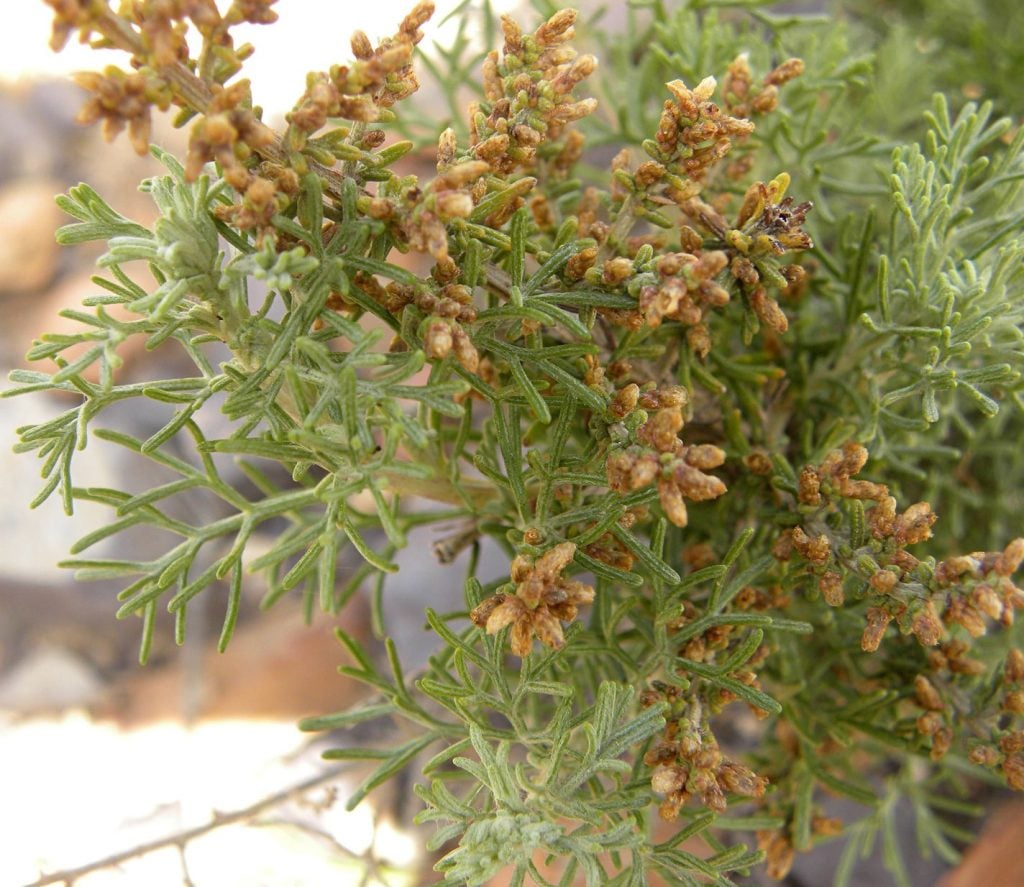
2. Angelica Archangelical
Angelica, commonly known as garden angelica or wild celery, is a biennial herb belonging to the family of Apiaceae. The plant has been known for its medicinal and healing properties for centuries. The researchers say that Angelica is used in relieving the condition called Nocturia, the potential anticancer properties help with breast cancer, and researchers are still studying the antitumor potential of the leaves.
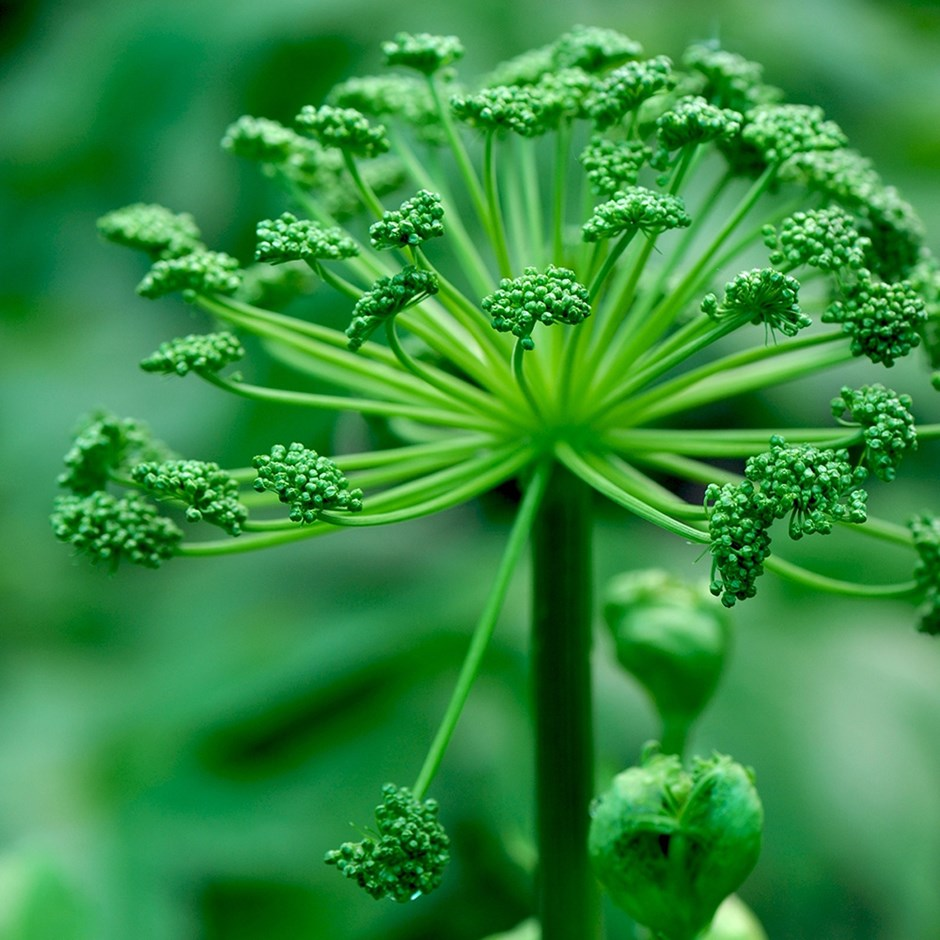
3. Basil
Osmium Basilicum, also known as sweet Basil, is an annual herb belonging to the family of Lamiaceae known for its aromatic leaves. Basil, a native herb that originated in India and has become widespread across the globe, is grown as a culinary herb. The basil leaves, dried or fresh, are used in salads, sauces, and meats and are widely grown in warm climates. Basil leaves are known for their medical value because of their antioxidants and anti-inflammatory properties.
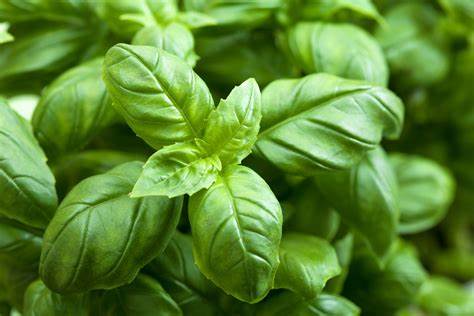
4. Borage
Borage, also known as starflower, is an annual herb belonging to the family of Boraginaceae. The leaves of Borage are known for their edible nature and are used as a culinary herb. Borage leaves have anti-inflammatory properties that can treat cough, asthma, and gamma-linolenic acid (GLA) is used to promote healthy skin.
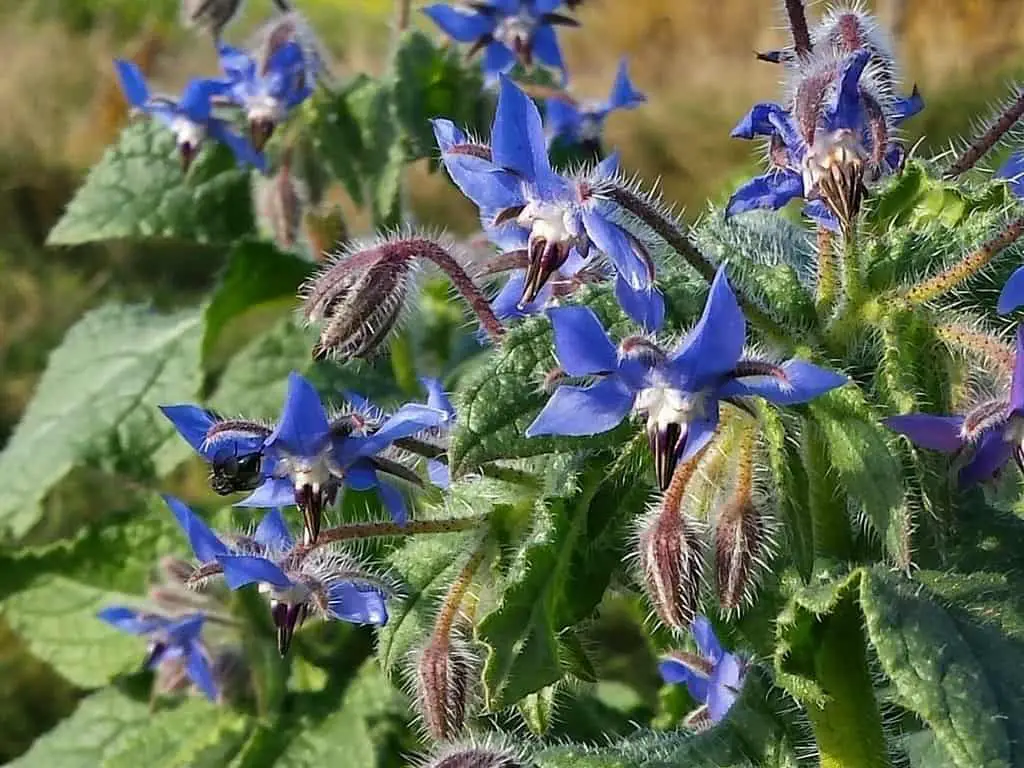
5. Catnip
Nepeta cataria, also known as catnip, or cat wort, belongs to the family of Lamiaceae. As the name says, cats are immensely attracted to these plants, and they act as good pest repellents in the garden. Catnip is well known for its culinary and medical properties.
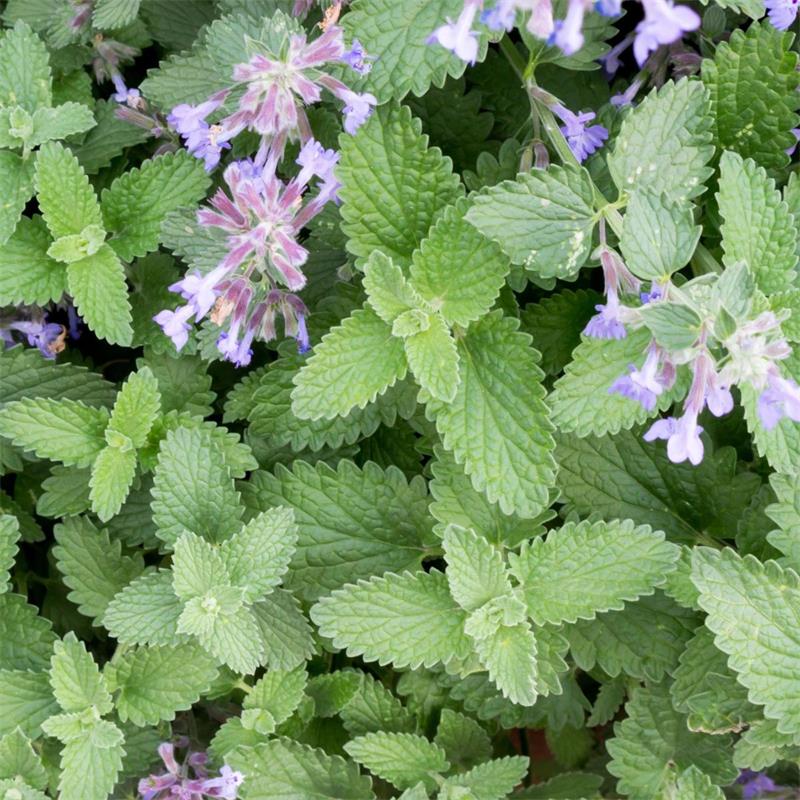
6. Cilantro
Coriandrum Sativum, also known as Coriander, is an annual and easy-growing herb belonging to the family of Apiaceae. Fresh cilantro leaves and dried seeds are traditionally used in cooking across the world. It is also known for its Antioxidant, antibacterial, and anti-inflammatory properties, which help in improving health.
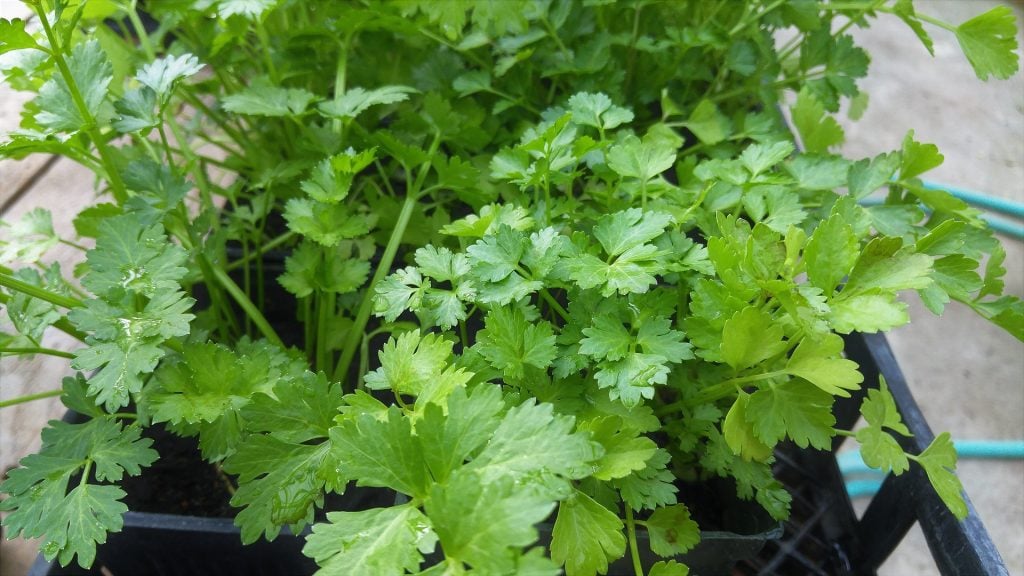
7. Deer’s Tongue
Dichanthelium clandestinum, called deer tongue, vanillin Plantain Lily is a grass-type perennial herb known for its flavor and fragrance. It is well known for its medicinal benefits that help with digestive, respiratory, and oral health. It is also considered that deer tongue boosts sexual appetite.
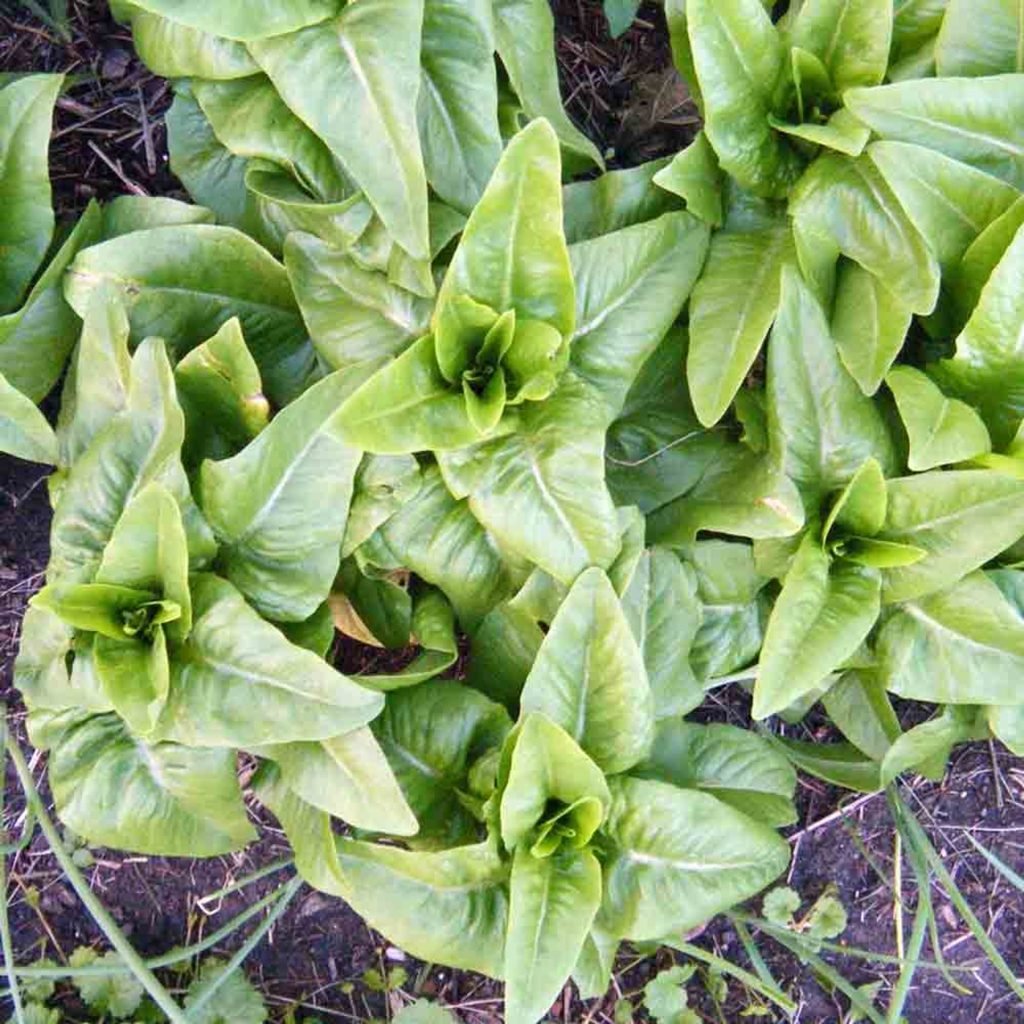
8. Dill
Anethum Graveolens is an annual herb belonging to the family of Apiaceae. Dilli is known for its culinary benefits and is extremely flavorful with fish, and is often included in pickles, salads, hummus, sauces, etc. It is also known for its medicinal properties that help with digestion, menstrual cramps, diabetes, diarrhea, bone health, and more.
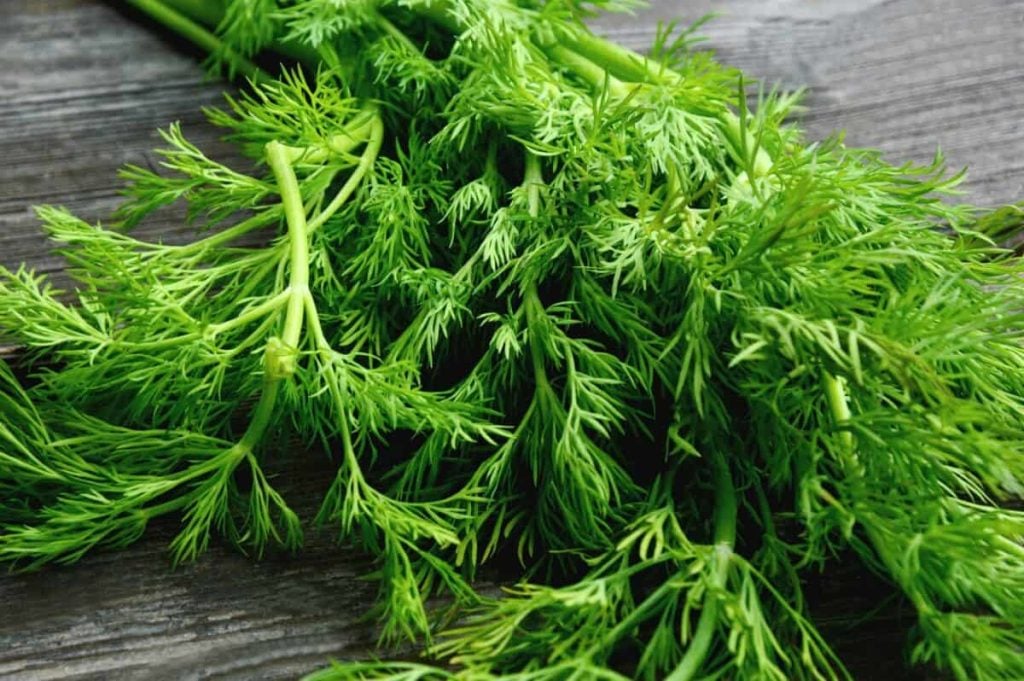
9. Elecampane
Inula Helenium, also called horse-heal, elf dock, and Elecampane, is a perennial herb belonging to the sunflower family. The roots and flowers have medicinal properties that help with Asthma, Congestion, Cough, Nerve pain and parasites, etc. Allergic to those humans and animals with sensitivity towards the sunflower family.
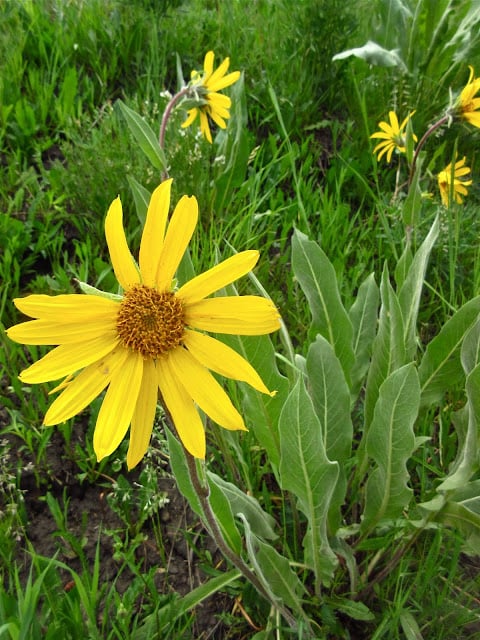
10. Epazote
Dysphania ambrosioides, also known as Epazote, is a Wormseed belonging to the family of Amaranthaceae. Epazote is a short-lived perennial flowering plant. The fresh and aromatic leaves and stems are generally used in cooking. The leaves have medicinal properties that help with digestion and parasites/ worms in the stomach.
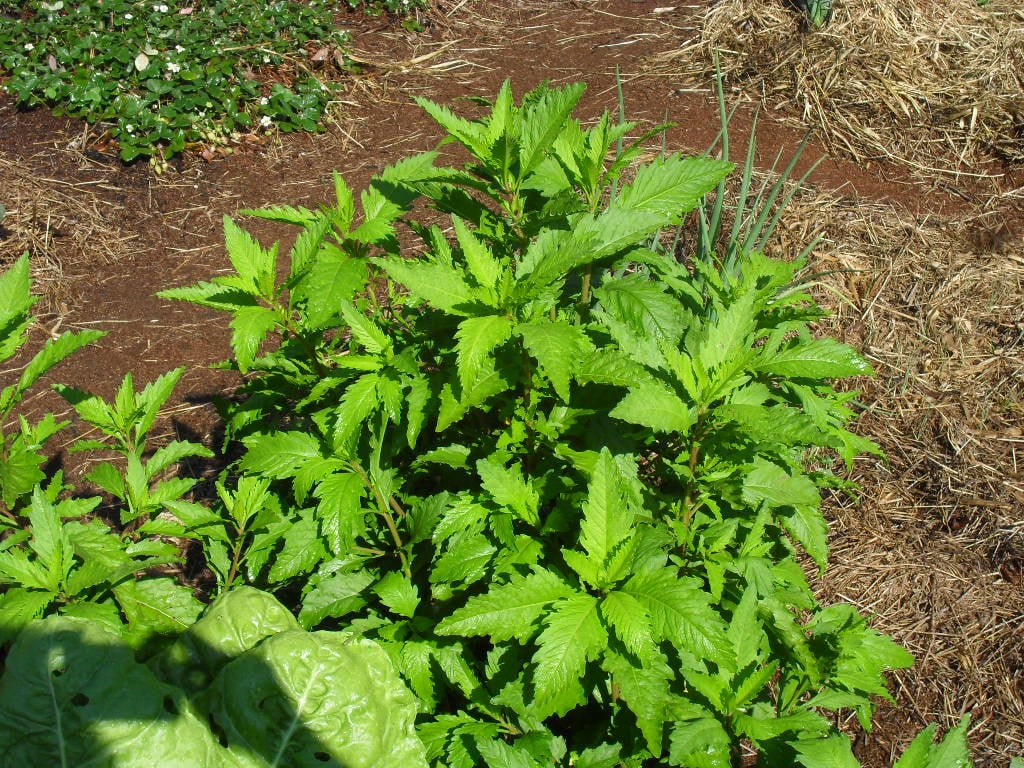
11. Feverfew
Tanacetum Parthenium, also known as feverfew, is a perennial flowering herb that belongs to the family of Asteraceae. The feverfew plant is grown as an ornamental plant for beautiful and small flowers that look like daisies. The aerial parts of the plant are used in traditional medicines to help with migraine, allergies, etc.
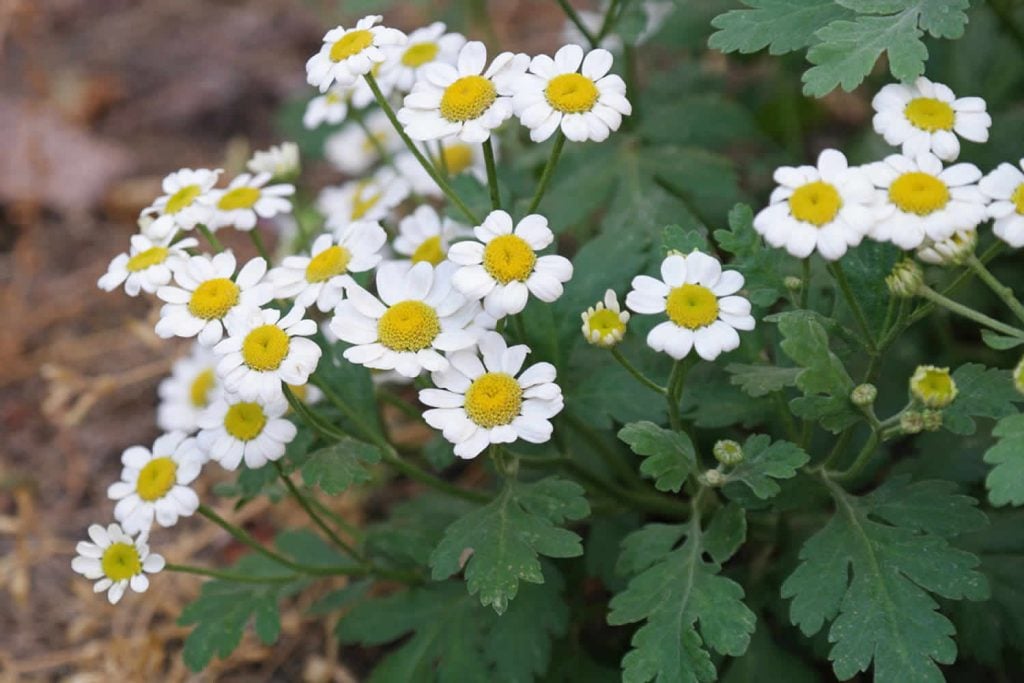
12. Fumitory
Fumaria Officinalis, called Fumitory, Earth Smoke, is an annual flowering herb belonging to the family of Papaveraceous. The ability of the plant to treat skin and liver is highly prized and is taken as a herb for digestive health. The herb is taken as infusions, teas, capsules, or extracts to treat eczema and improve gallbladder conditions.
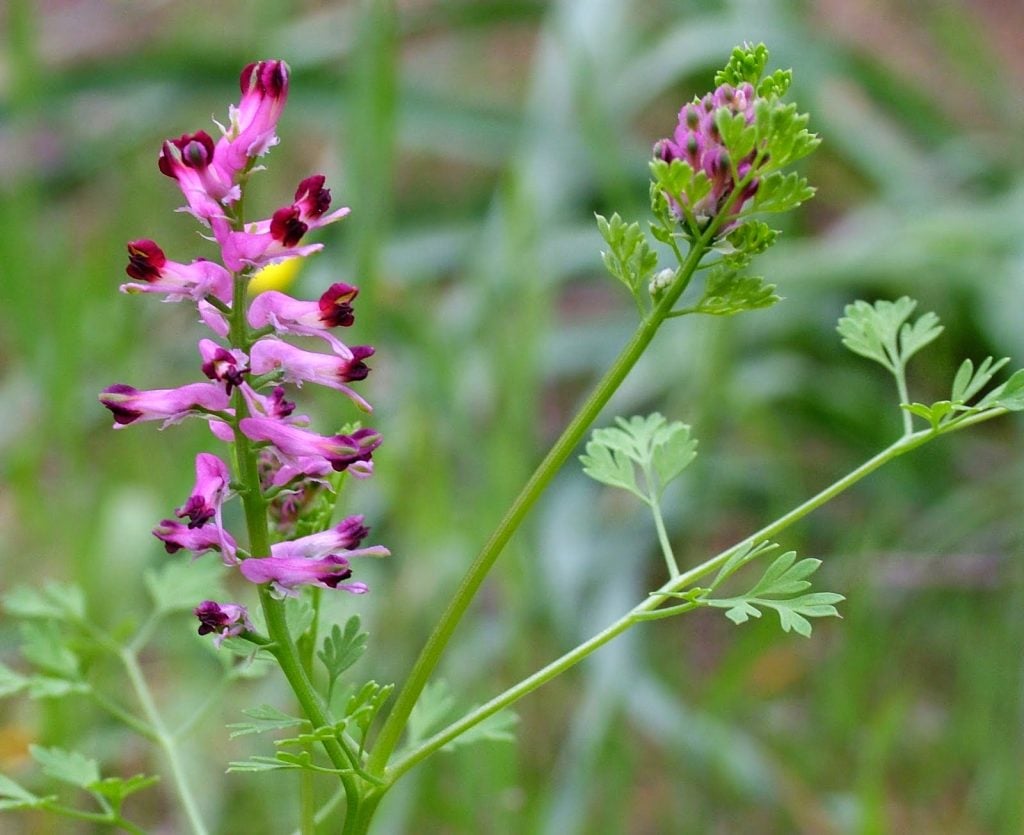
13. Goat’s Rue
Galega Officinalis is commonly known as Galega; goat’s rue is a widespread herb belonging to the family of Fabaceae. Galegin present in this herb is known to affect blood sugars and loss of body fat. The aerial parts of the plant are also used to treat plaque, fever, and infectious diseases.
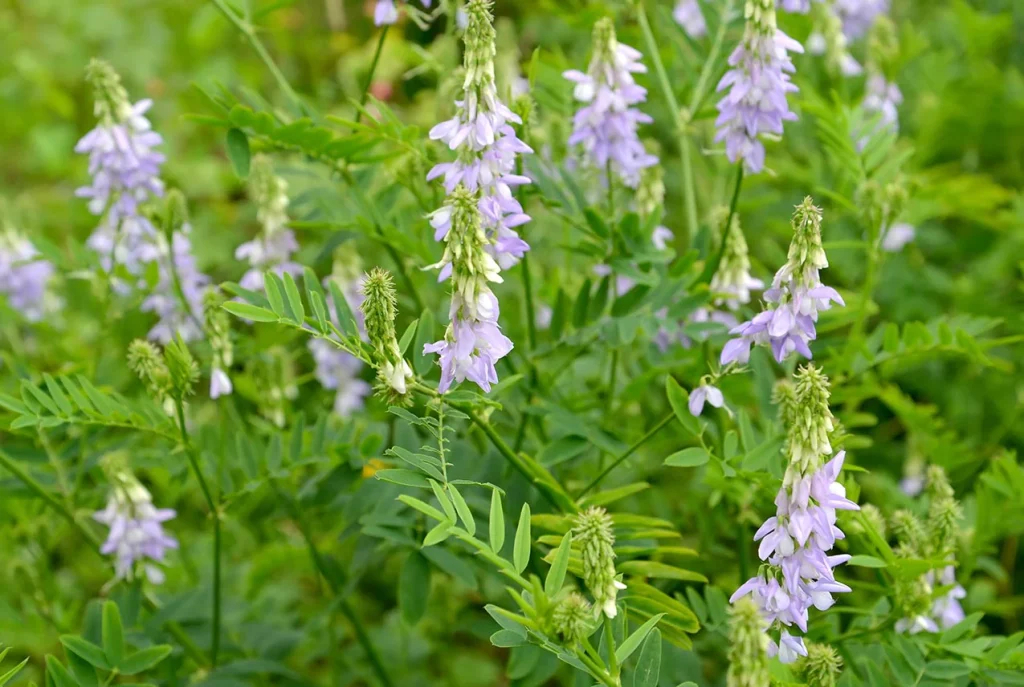
14. Gotu Kola
Centella Asiatica, commonly known as gotu kola, Asiatic Pennywort, is a perennial flowering herb belonging to the family of Apiaceae. It is known for its culinary and medicinal properties.
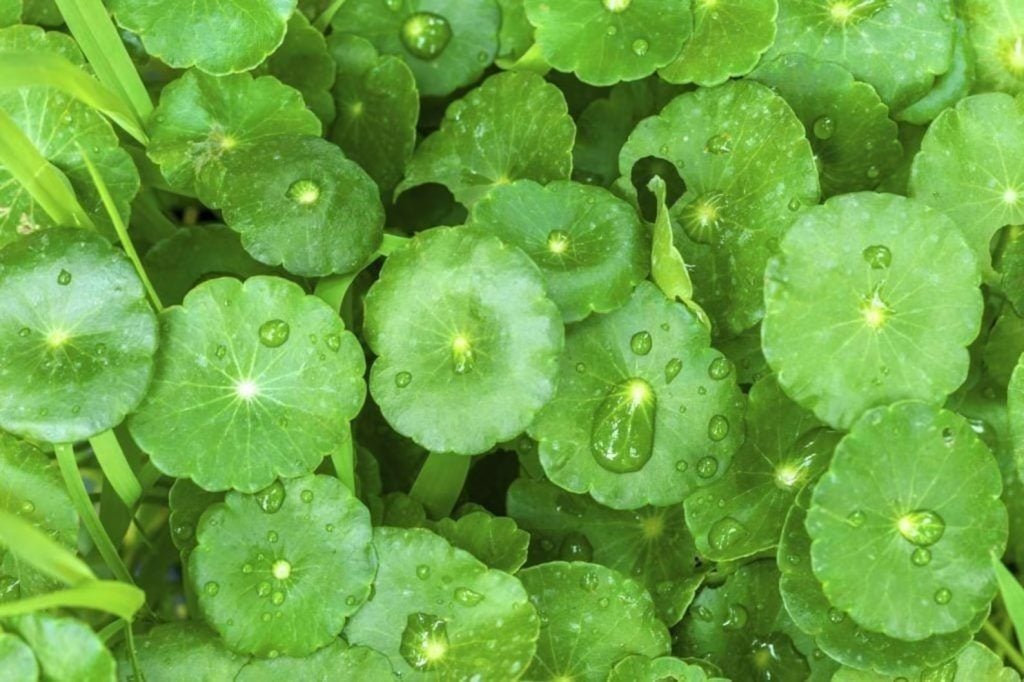
15. Hemp
Hemp belongs to the botanical class of Cannabis and is often known as the sober cousin of Marijuana. It is an aromatic annual herb that grows really fast and is used for commercial purposes like paper, rope, biodegradable plastic, and animal feed.
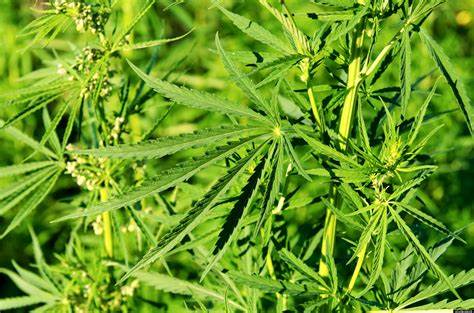
16. Lemon Balm
Lemon Balm, or Melissa Officinalis, is a perennial herb belonging to the family of Lamiaceae. It is also known as the “elixir of life” for its medicinal properties, which date back to 300 BC. This herb is used for its impact on the brain, which helps with Anxiety, herpes, and Depression, and is often used in beauty products.
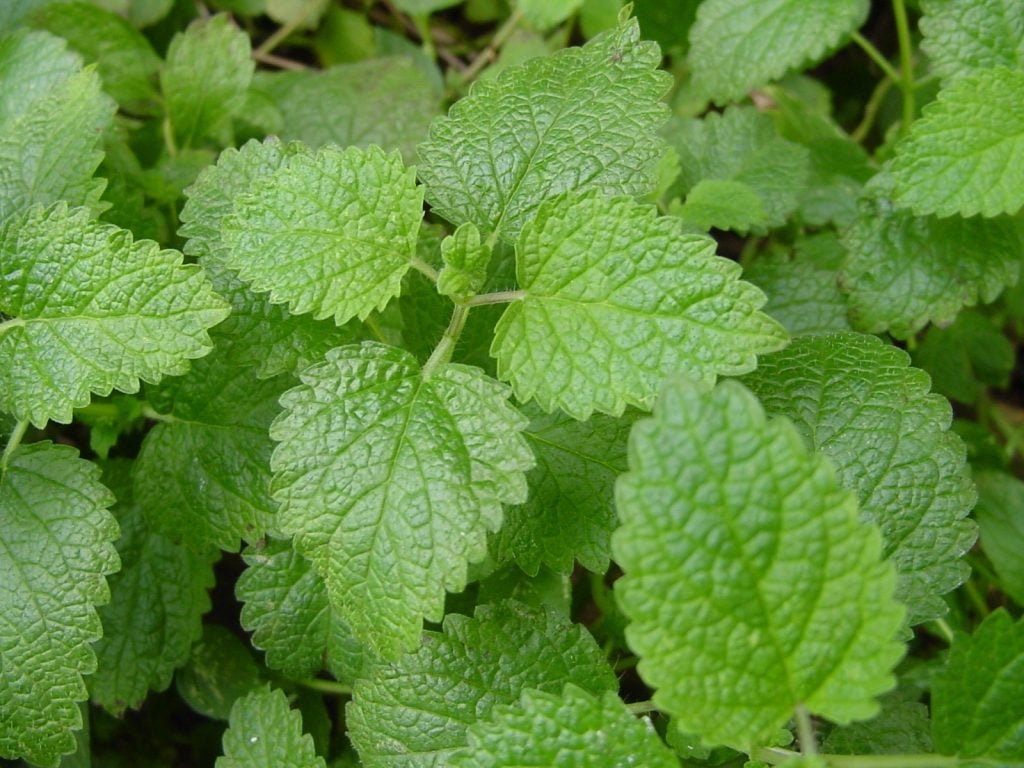
17. Lemon Grass
Cymbopogon, also known as Malabar grass, lemongrass, or fever grass, belongs to the family of Poaceae. The musky lemon scent of lemon grass is used as a refresher and relaxer. It is well known for its culinary benefits in Asian countries, and the history of its medicinal benefits goes back centuries.
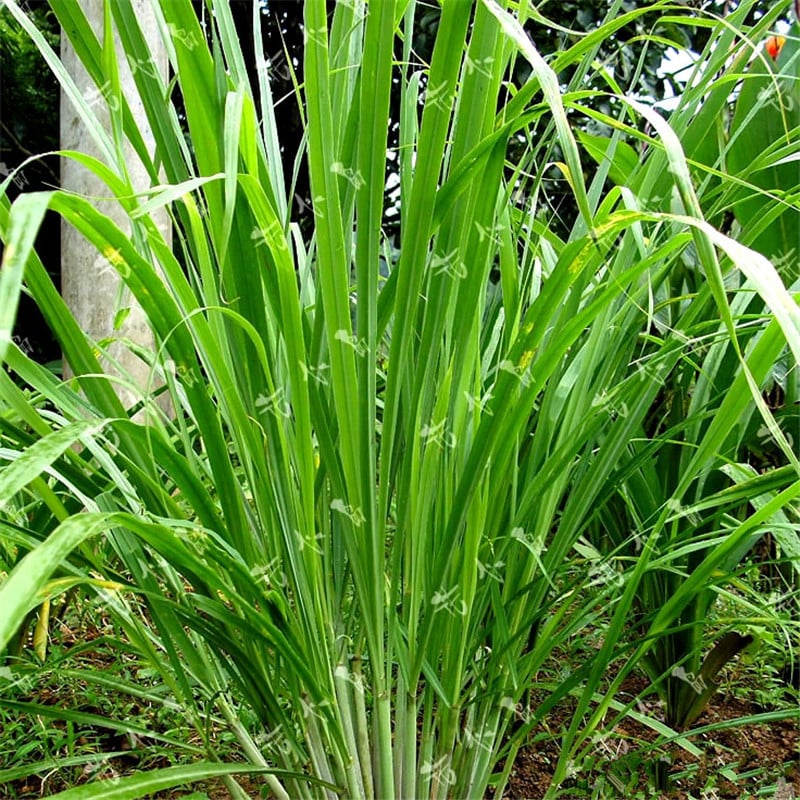
18. Marjoram
Origanum Majorana, also known as Marjoram, belongs to the family of Lamiaceae. In some Mediterranean countries, Marjoram is used as a replacement for Oregano. Sweet Marjoram oils are used in aromatherapy for mood relaxation and soothing nerves.
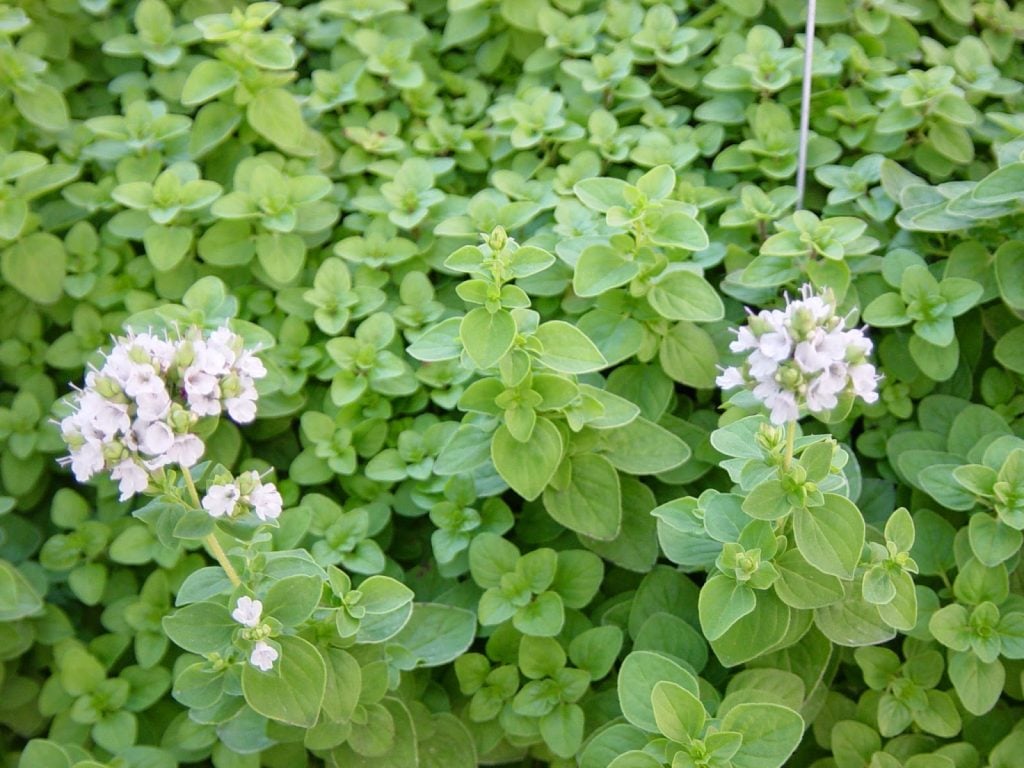
19. Mentha
Mentha or Mint is an aromatic perennial herb that belongs to the family of Lamiaceae. Mint is well known for its culinary properties, which are regularly used in salads, dips, sauces, pickles, etc. Though mint is known for its culinary nature, originally, it was a medical herb used to treat stomach pain and chest pain.
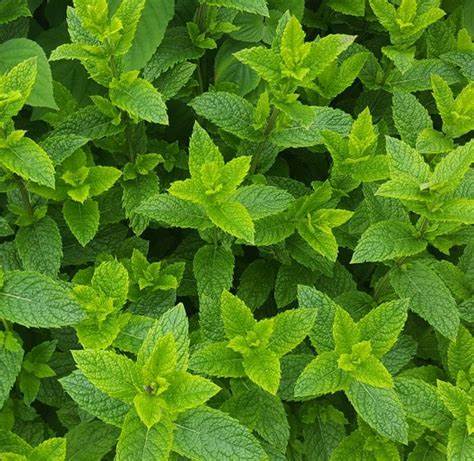
20. Onion Chives
Allium Schoenoprasum or Onions Chives is a perennial herb and belongs to the family of Amaryllidaceae, which produces seeds, and flowers and is the main ingredient in many Chinese dishes. With the mild taste of onion, the whole plant except roots can be used in dishes like soups and meat-based dishes to make the dish smell more aromatic.
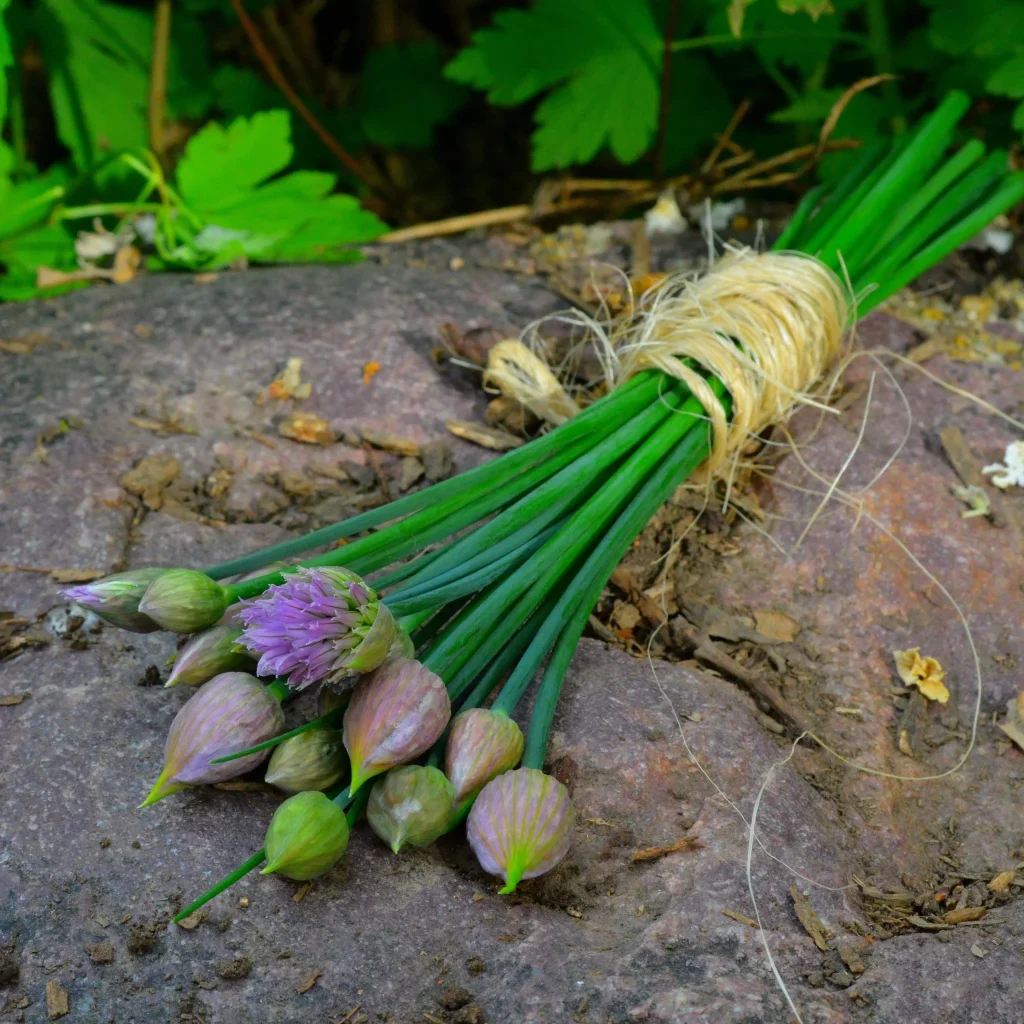
21. Oregano
Origanum Vulgaris, also known as Oregano, is a culinary herb belonging to the family of Lamiaceae. The antioxidant properties of oregano help treat Cuts & Wounds and diabetes. The oregano tea made from fresh parts of the plant gives instant relief for nervous headaches and stomach pain.
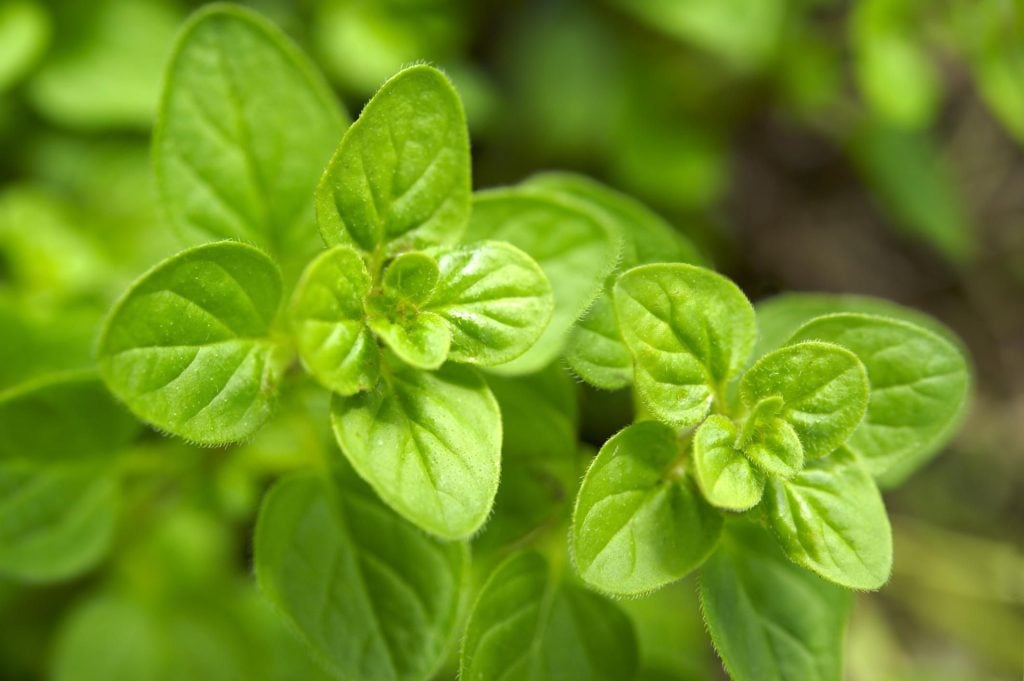
22. Pennyroyal
Mentha Pulegium, also called pennyroyal, mosquito plant, or pudding grass, is a flowering plant belonging to the mint family. This plant has some amazing medicinal properties and is lethal at the same time. This herb is used for rudimentary abortions, which is considered unsafe these days. The crushed leaves emit a very strong fragrance that is similar to spearmint.
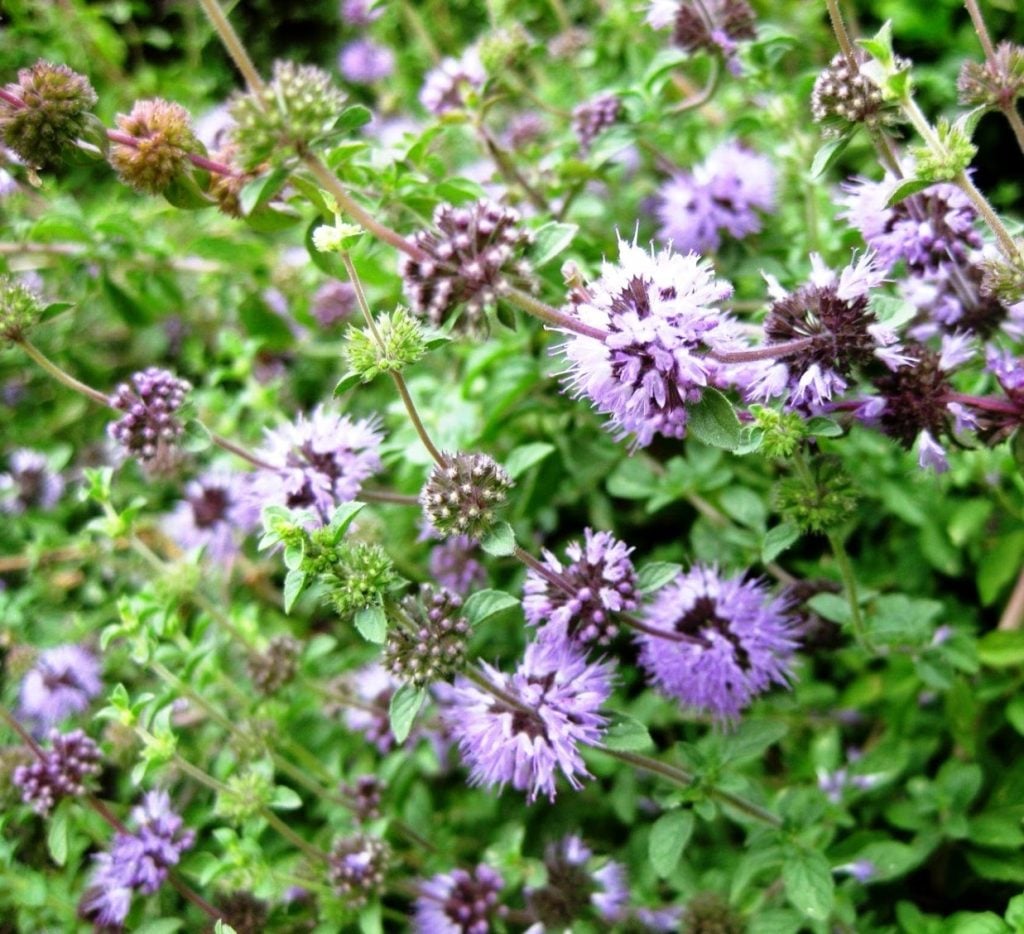
24. Rosemary
Slavia Rosmarinus, commonly known as Rosemary, is an evergreen fragrant plant with sharp needle-like leaves and small flowers in colors ranging from white, pink, purple, and blue. It is said that Rosemary is high in Manganese, which is an essential nutrient for metabolism, blood clots, and healing injuries. The antioxidant and anti-inflammatory properties help boost the immune system and blood circulation.
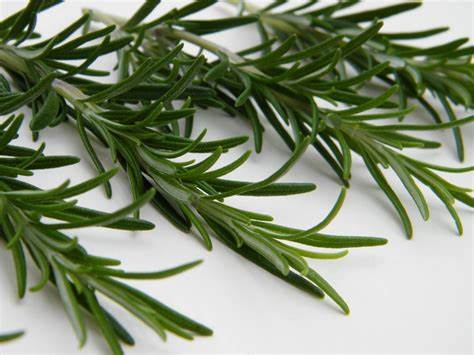
25. Sage
Salvia Officinalis, commonly known as Sage, has a very ancient history of uses as a medicinal plant to treat snake bites, infertility, and more. Sage is considered a holy herb by Romans and is used in religious rituals. The studies suggest that sage has properties that can lower cholesterol and improve memory.
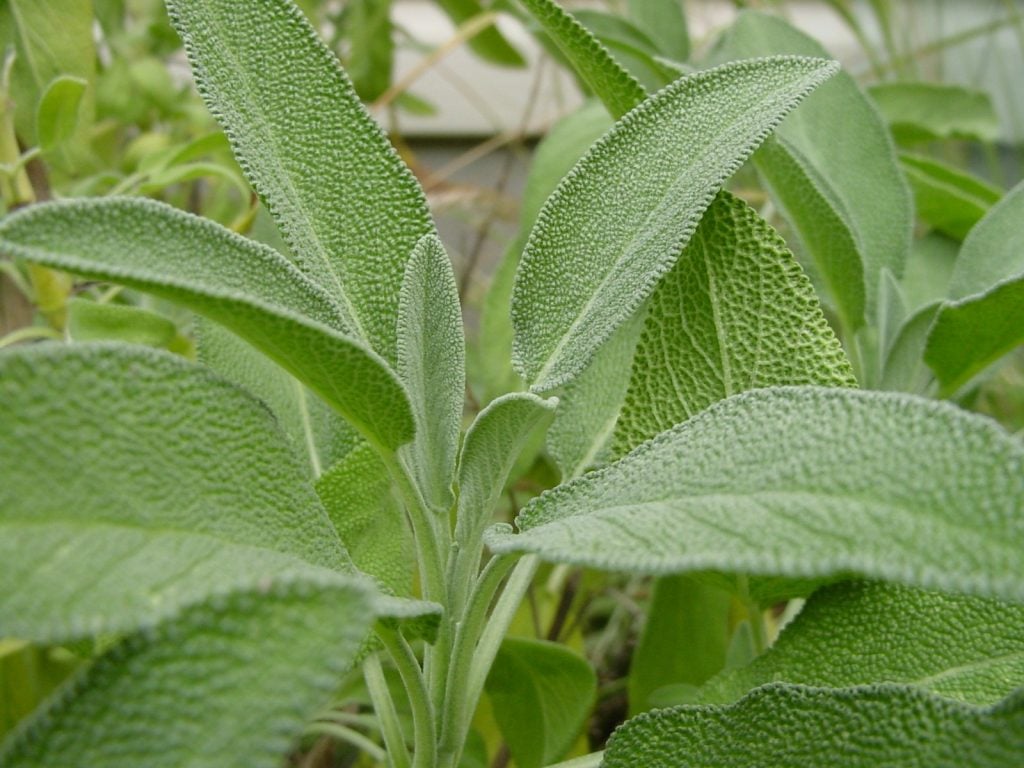
26. Salad Burnet
Sanguisorba Minor, also known as Burnet, belonging to the family of Rosaceae, is a perennial herb native to Europe and North America. This herb is known for its culinary properties and is widely mixed in sauces, spreads, and as a sprinkle on potato dishes. The dried roots are crushed and used to treat impotence, erectile dysfunction, and burns, improve oral health, and are known to boost sex life. The leaves of Salad Burnet help with gastrointestinal issues, skin problems, and sunburns.
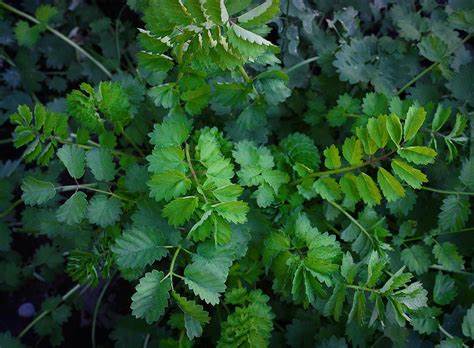
27. Thyme
Thymus Citriodorus, commonly known as lemon thymes, orange thyme, is an evergreen perennial herb belonging to the mint family Lamiaceae. It is not just a culinary herb, but it also has a long history of healing and treating infections, skin problems, Colon and breast cancer, and acne. Thyme oil, packed with phytonutrients, relaxes veins and strengthens the heart muscles.
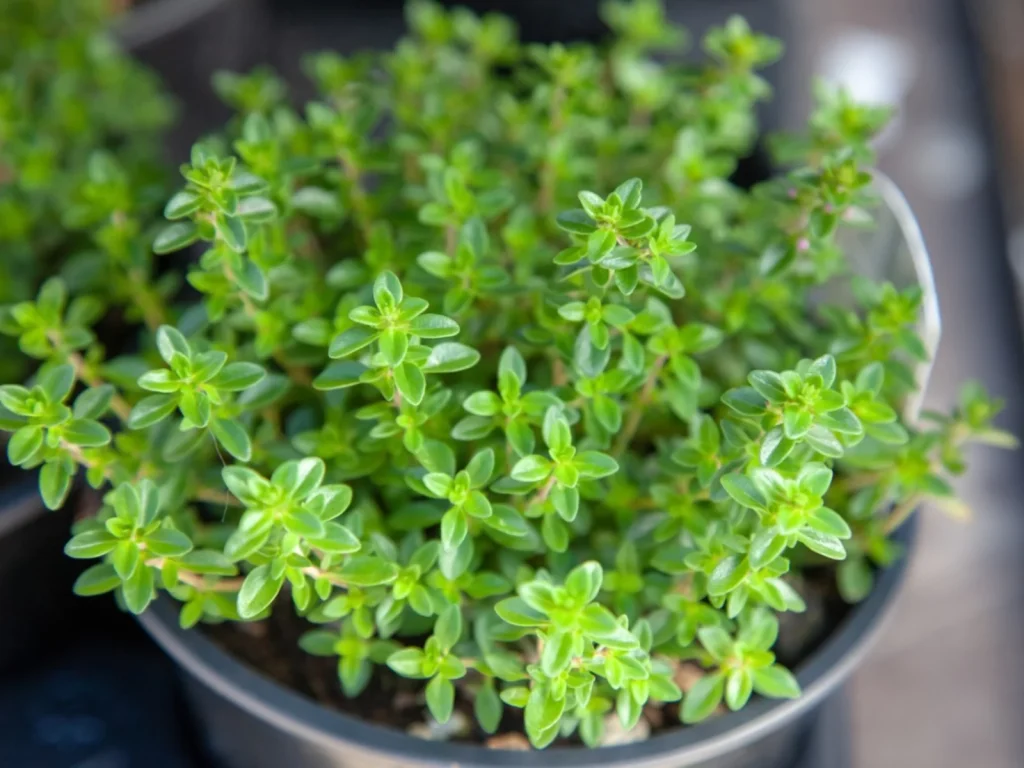
28. Tarragon
Artemisia Dracunculus, also known as estragon, or tarragon, is a perennial herb belonging to the family of Asteraceae. Tarragon is cultivated for its culinary and medicinal properties; in places like France, it is often called the ‘King of Herbs.’ It is believed that Tarragon helps reduce blood sugar, increases appetite, and improves sleep patterns.
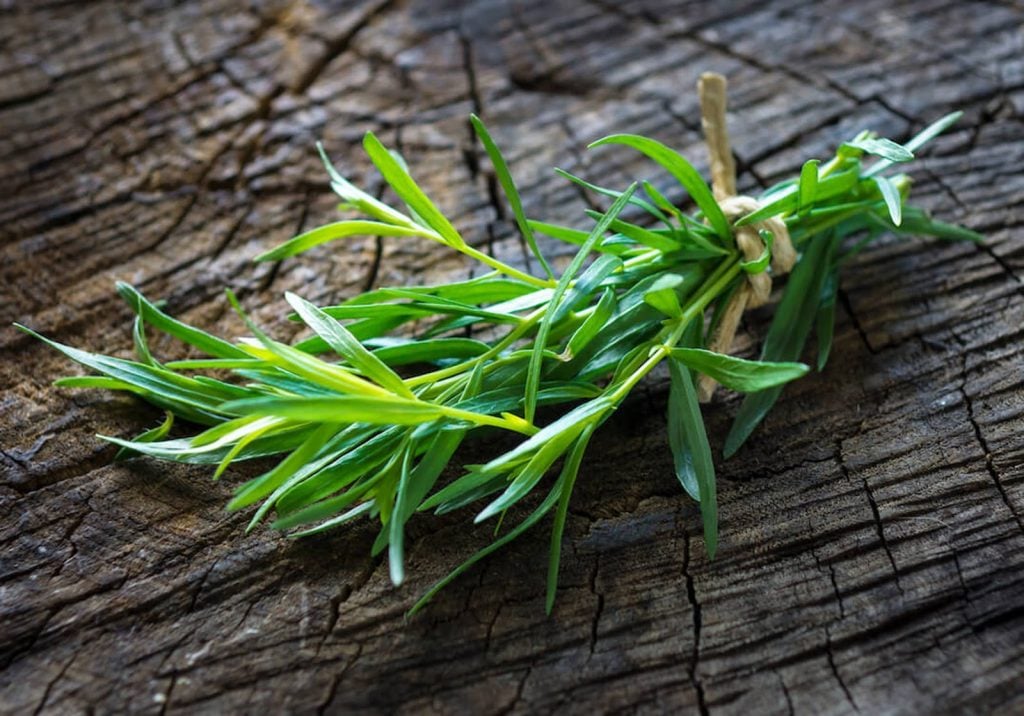
29. Vervain
Verbena Officinalis, also known as Vervain, is an annual and perennial herb belonging to the family of Verbenaceae. Thousands of years ago, vervain was used as a protective flower from evil spirits. Along with that, it is also believed to help protect nerve cells and anxiety. The anti-inflammatory and anti-microbial properties provide potential health benefits.
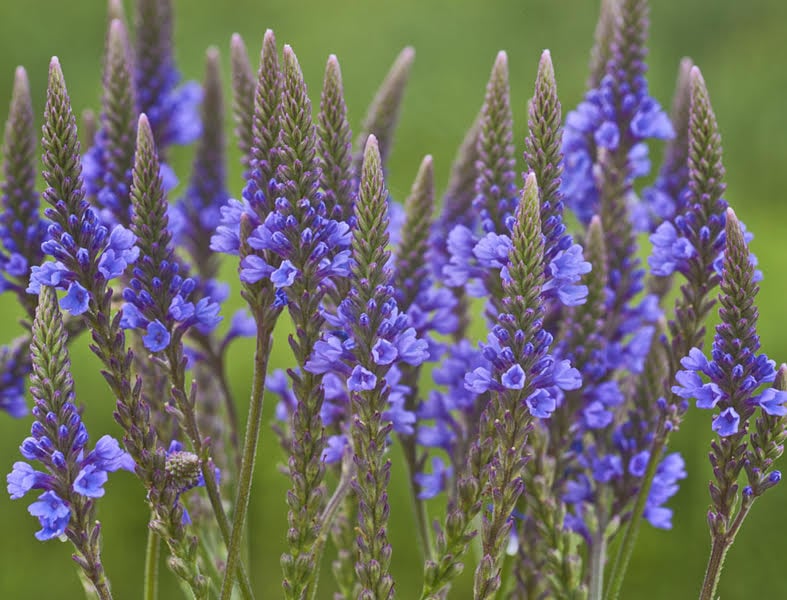
30. Watercress
Watercress or yellowcress is an aquatic flowering herb belonging to the family of Brassicaceae. It is a rapidly growing perennial herb and also the oldest leafy vegetable consumed by humans. This Vitamin C-rich plant is known for its cleansing nature and is effective at treating chronic illnesses, and is beneficial to heart health.
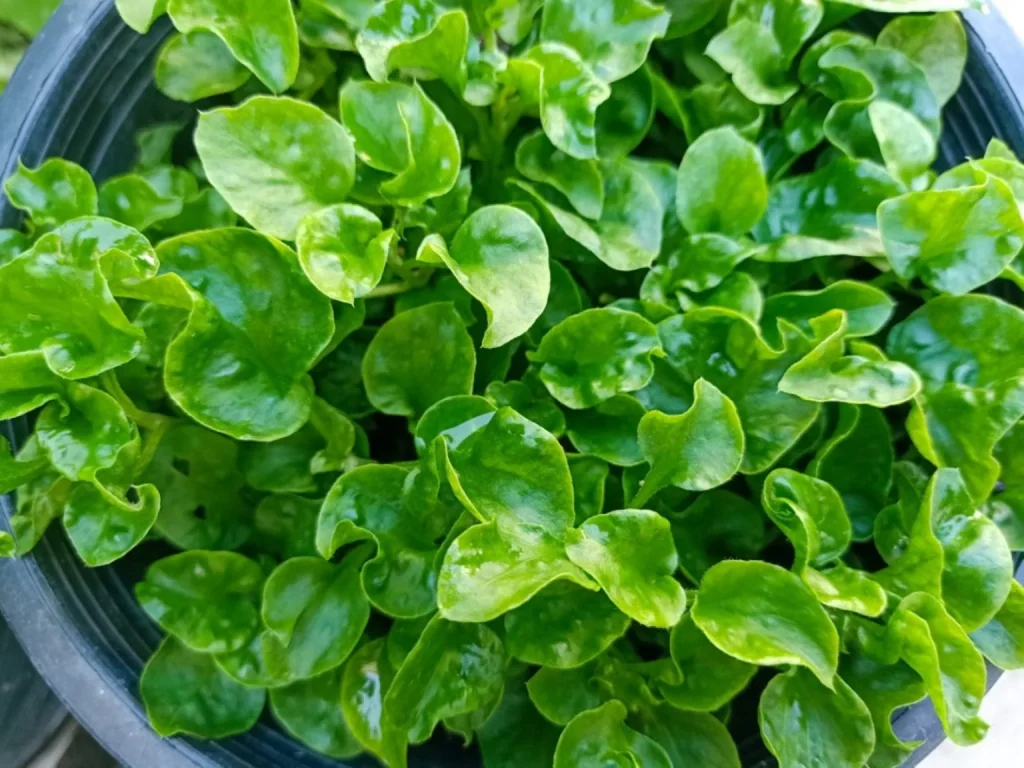
31. Wintergreen
As the name says, this plant remains green throughout the winter. Wintergreen is an aromatic herb that is used in mints and mouthwashes. It also helps with the digestive system, inflammations, skin problems, pain-relieving, and more; the oil extracted from stems is used to take medicines.
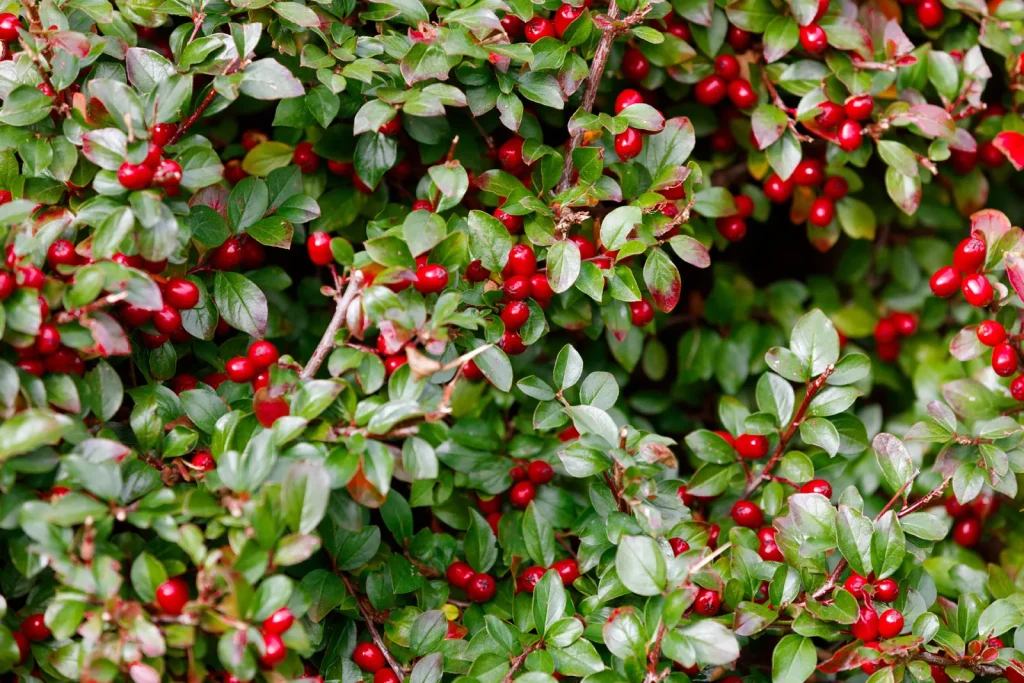
32. Yarrow
Achillea Millefolium, commonly referred to as yarrow, is a flowering perennial herb belonging to the family of Asteraceae. This plant is known for its wound-healing properties and is widely used in the military. Yarrow tea is also known to reduce symptoms of depression and anxiety.
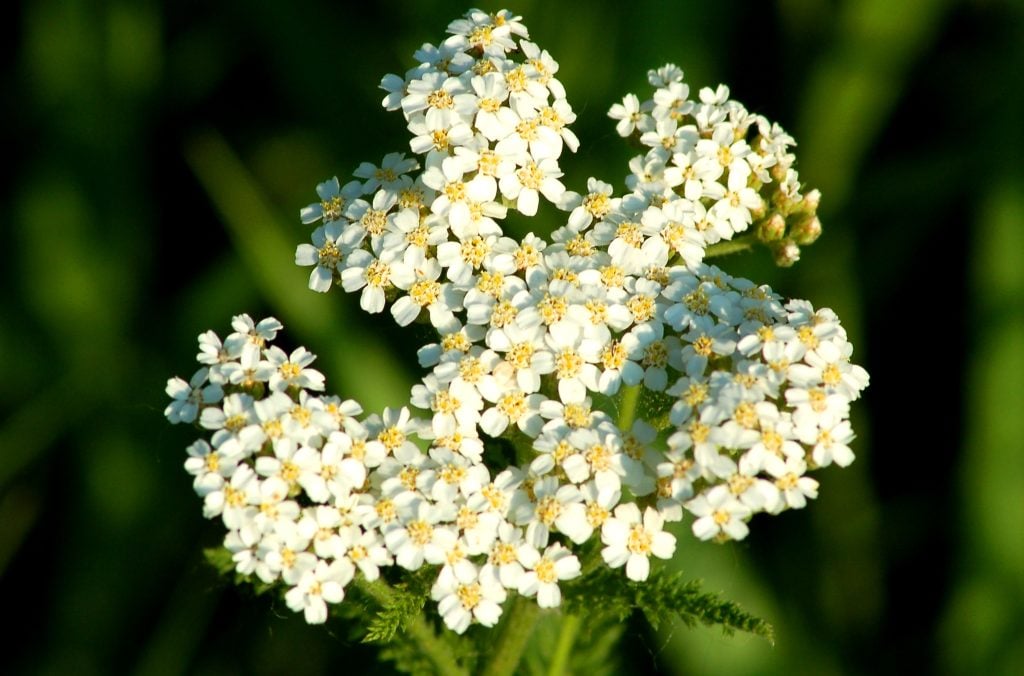
Conclusion
This A-Z list of herbs is just the beginning of the array of flavors, aromas, and exceptional health benefits. In ancient days, Herbs were considered a natural pharmacy. May it be a seasoning on soup or an infused tea, a small herb has a solution for your problems. Though this blog helps you identify the herbs and their distinctive health benefits, we suggest that you consult your doctor before self-administering any of the herbs.
Beyond their culinary benefits, some of the herbs have scientifically proven health benefits. Whether it’s your digestive system or an anxious jinx, mother nature has a herb for your every health need.
It’s time to get your hands on the lesser-known healthy and tasty treasure and embrace the beauty these herbs bring to your garden.

